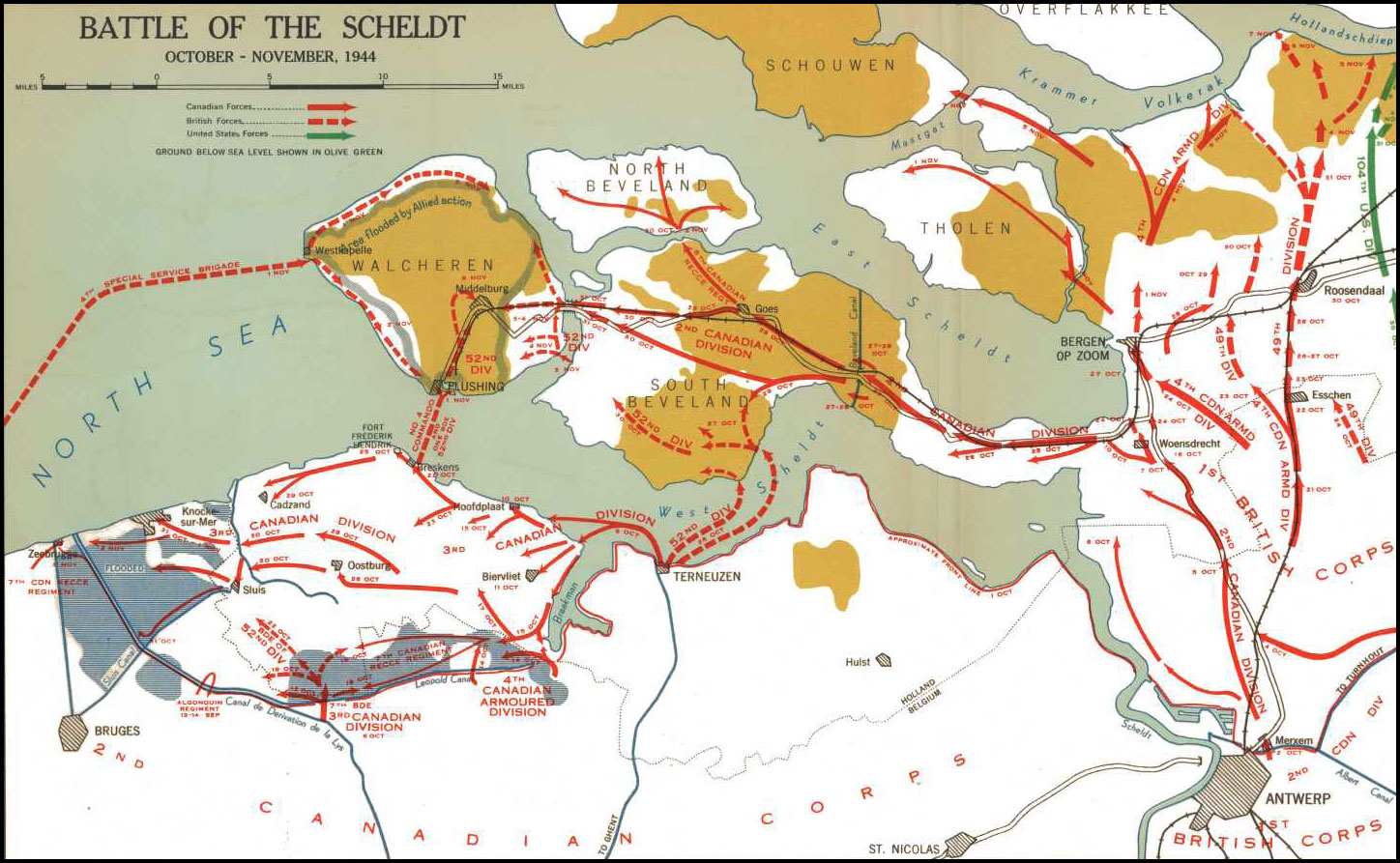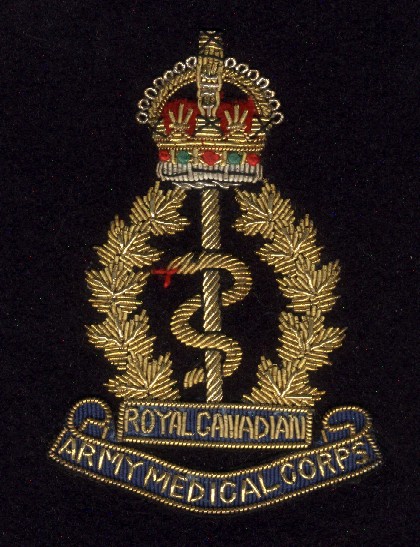Robert John
Hetherington: Employment and Military Service
Record 1928 to 1964
Cpl.
Robert John Hetherington, RCAMC, 1944
Robert
John
Hetherington
Employment
Farm Labourer: Saskatchewan, 1928 to
1930
Orderly/Nurse: Prince Albert
Sanitarium, 1930 to 1935
Quartermaster: S.S. Kenora (CNR),
Vancouver, 1935 to 1937
Orderly/Nurse: Vancouver General
Hospital, 1937 to 1938
Orderly/Nurse: B.C. Penitentiary (New
Westminster), 1938 to 1940
Military Service
Reserve: Prince Albert Volunteers, 1930
to 35
Reserve: 11th Armoured Car,
Vancouver, 1938 to 1940
Enlisted: June 22, 1940; First
Battalion, New Westminster
Transfer: Royal Canadian Army Medical
Corps (RCAMC), October 28, 1940, Nanaimo
Recruiting: 30-04-1941
Transfer: Esquimalt Military Hospital,
November 1, 1941 - Orderly
Embarked: Halifax; June 15, 1942;
transfer16 General Hospital
Disembarked: Granoch, UK; June 24,
1942.
Leave to visit Ireland
Assigned to: 9 Field Surgical Unit;
March 11, 1944
Embarked UK: July 6, 1944; 11 Field
Dressing Unit; RCAMC
Disembarked France: July 8, 1944
Embarked NWE: June 29, 1945
Disembarked UK: June 29, 1945
Discharged: September 9, 1945
Reenlisted: March 20, 1954, X-ray
technician, Vancouver (Jericho), Prince Rupert and Holberg
Discharged: May 16, 1965
Awards:
Volunteer Service Medal and Clasp
France and Germany Star
Defence Medal
Robert`s Story: Healer -
Warrior
Robert
set
sail
from
Belfast, Northern Ireland
on
the
S.S.
Melita
on
a
farm/immigration
program
sponsored
by
the
CPR.
He
landed
in
Quebec
on
May
27,
1928
and
went
by
train
to
Saskatchewan
where
he
worked
for
two
years
as
a
farm
labourer
before
securing
a
position
at
the
Prince
Albert
Tuberculous
Sanatorium
in
1930.
He
meet
his
future
wife
Pauline
Krawchuk
at
the
“San”
and
also
joined
the
Prince
Albert
Volunteers
during this period.
After
his
marriage
in
1935
he
moved
to
Vancouver
where
worked
as
a
Quartermaster
on
the
S.S.
Kenora
(CNR).
In
1937
he
secured
work
at
the
Vancouver
General
Hospital
as
an
orderly/nurse.
In
1938
he
secured
a
job
as
an
orderly/nurse
with
the
B.C.
Penitentiary
Service
in
New
Westminster
and
joined
the
11th
Armoured
Car,
reserve unit in Vancouver.
He
maintained
both
positions
until
he
enlisted
on
June
22,
1940
in New Westminster with
the
First
Battalion.
On
October
28,
1940
he
was
transferred to the
Royal Canadian Army Medical Corps (RCAMC) in Nanaimo.
He was then transferred to Recruiting
from April 30,1941 to November 1, 1941.
He was then transferred to the
Esquimalt Military Hospital to work as an orderly.
While there, he requested a transfer to
active duty and was assigned to 16 General Hospital and embarked for
the UK from Halifax on June 15, 1942. He disembarked at Granoch, UK
on June 24, 1942. During his time in the UK he received additional
training and took leave to sight see and visit his brother Johnston
and his parents in Ireland.
On leave
On March 11, 1944 he was assigned to
the 9th Field Surgical Unit 11th Field Dressing Unit; RCAMC and
embarked the UK on July 6, 1944. He disembarked on Juno Beach on
July 8, 1944.
After landing in France, Robert travelled with the First Canadian Army as it fought its way north.
After landing in France, Robert travelled with the First Canadian Army as it fought its way north.
He cared for the wounded in field
hospitals as the Army closed the Falaise gap and liberated Dieppe.
He took leave in Amiens and continued north as the First Army moved
through the Pas de Calais and into Belgium.
By this time, First Army numbers were
badly depleted and were re-enforced by units from other countries.
RCAMC units were increasing engaged in
combat as they provided medical triage on the front line.
After the liberation of Antwerp on
September 4, the Army was given the task of clearing the entrances to
the port and Robert and his entire unit volunteered. He
subsequently, was part of the force that crossed and took the Leopold
Canal. After Leopold, his unit volunteered to fight with the
British Marine Commandos during the battle of The Scheldt. Where
three landing craft either broke down or were shot out from under him
before successfully landing.
He was involved in the
Walcheren Island campaign.

He told one funny story about
Walcheren, apparently, he had his pants to his knees behind a wall
when a machine gun opened fire on him. With the result that he was
force to run hid and return fire while struggling to get his pants
up!
Robert told another about treating a
newly captured English speaking German officer. After being treated
the officer asked if he could put his great coat on. Robert said yes
but luckily thought to check the pockets before giving him the coat.
It was fortunate that he did as there was a cocked Ruby pistol in the
pocket.
In November and December, Robert the
Canadian advance paused and Robert was stationed in home of Dutch
resistance fighter named Yette in Tilberg, Netherlands. During this
period he provided assistance to the Dutch underground as they
tracked down NAZI sympathizers. The picture below was taken at
Tilberg but is not of Robert. Robert was described by Yette as a
hero.
In the final days of the war Robert was
actively engaged in fighting in Germany.
It was here that he killed 3 young
German Hilter Youth who were defending their village. The boys
mother heard the fire and came running yelling `you killed may
babies, you killed my babies.` These experiences were to haunt
Robert for the rest of this life. Robert was in the field at war's
end and embarked NWE on June 29, 1945 and disembarked UK on June 29,
1945. He subsequently returned to Canada and was discharged on
September 9, 1945. In Canada he worked at a number of jobs including
as an Orderly at the BC Penitentiary in New Westminster. He
reenlisted on March 20, 1954, and worked as Army Orderly and X-ray
technician in a number of locations including: Vancouver (Jericho),
Prince Rupert and Holberg. He was finally discharged
on May 16, 1965 and eventually received a military disability
pension. He died in his bed in January, 1976.
Descriptions of the role the RCAMC Field Dressing Station
Below are descriptions of RCAMC #8 FSU and Field Dressing Station 10 service at Walcheren (RJH was in #9 FSU - FDS 11 and faced similar challenges):
“We had to crawl two hundred yards on our bellies with the exploding ammunition [from a stricken assault vehicle] shooting at us from one side and the Germans from the other. We finally reached the [No. 10 FDS] tent and found that the Staff Sergeant had organized a rescue team and was going down in that blazing mess and bringing out the survivors. One of the medicals went inside of an exploding Alligator to reach a wounded Commando. He was blown half in two by a mortar bomb. For the next half hour we lay on our faces in the sand dressing wounds, stopping hemorrhages and splinting fractures. Constant explosions were blowing sand over us as we worked. Our heads were retracted down in our helmets until the edge of the damned things almost reached our shoulders“ (John Hillsman, quoted in Bill Rawling, Death Their Enemy: Canadian Medical Practitioners and War, 2001, p. 211).
“8 Canadian Field Surgical Unit, RCAMC who were with
the British Commandos when they went in on Walcheren Island.”
"...For the first 48 hours the beachead where the medical units were established was under constant and heavy shell-fire. There were no buildings or shelters available of a safe nature to perform major operations and to properly look after the patient after operation. The area was honey-combed with land mined which could not be detected and removed and the tentage was surrounded by large bomb craters and shell holes containing numerous German prisoners, ammunition, petrol and demolition charges. After the first 24 hours a gale sprang up from the North Sea which, at times, reached a velocity of 50 miles per hour and rain was constant, mingled at times with hail.....
In all 54 soldiers were operated upon, 22 which were major operations and, by some miracle of chance, none of these were abdomens.”
"...For the first 48 hours the beachead where the medical units were established was under constant and heavy shell-fire. There were no buildings or shelters available of a safe nature to perform major operations and to properly look after the patient after operation. The area was honey-combed with land mined which could not be detected and removed and the tentage was surrounded by large bomb craters and shell holes containing numerous German prisoners, ammunition, petrol and demolition charges. After the first 24 hours a gale sprang up from the North Sea which, at times, reached a velocity of 50 miles per hour and rain was constant, mingled at times with hail.....
In all 54 soldiers were operated upon, 22 which were major operations and, by some miracle of chance, none of these were abdomens.”
“...One cannot end a report of this nature without a
few words of intense admiration of the work done by #10 FDS in
connection with the #8 FSU. Under the most appalling conditions the
post-op care of our patients by this unit left nothing to be desired.
No patient in this beachead suffered from lack of care if it was
humanly possibly by any effort on their part to give it to him.
...The work of these stretcher-bearers in, quickly and efficiently,
carrying the patients to and from the operating theatre in the face
of a terrible gale, blowing wind, hail, and sand, was one of the
brightest of the whole operation from the medical side."

R J Hetherington: Healer/Warrior - gone but not forgotten















No comments:
Post a Comment